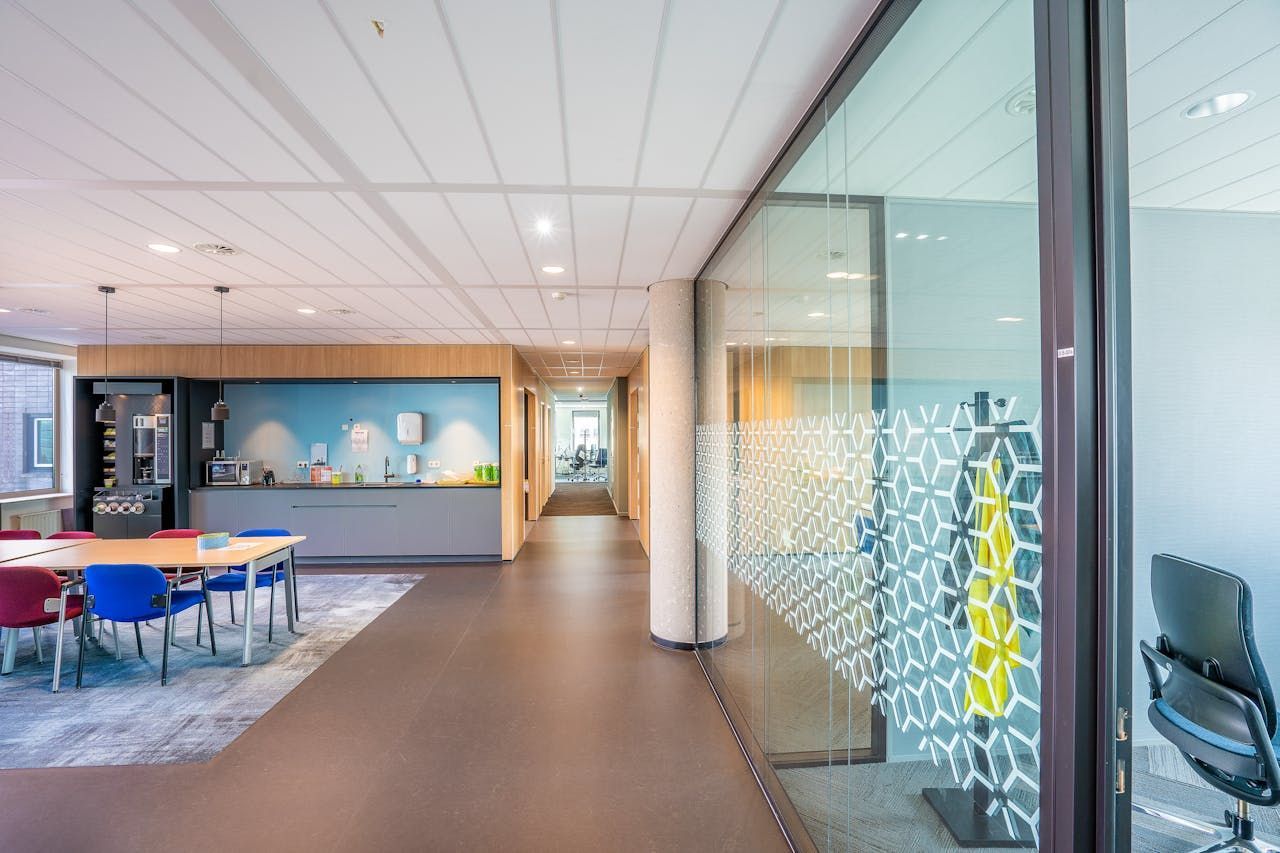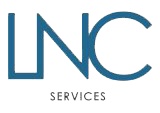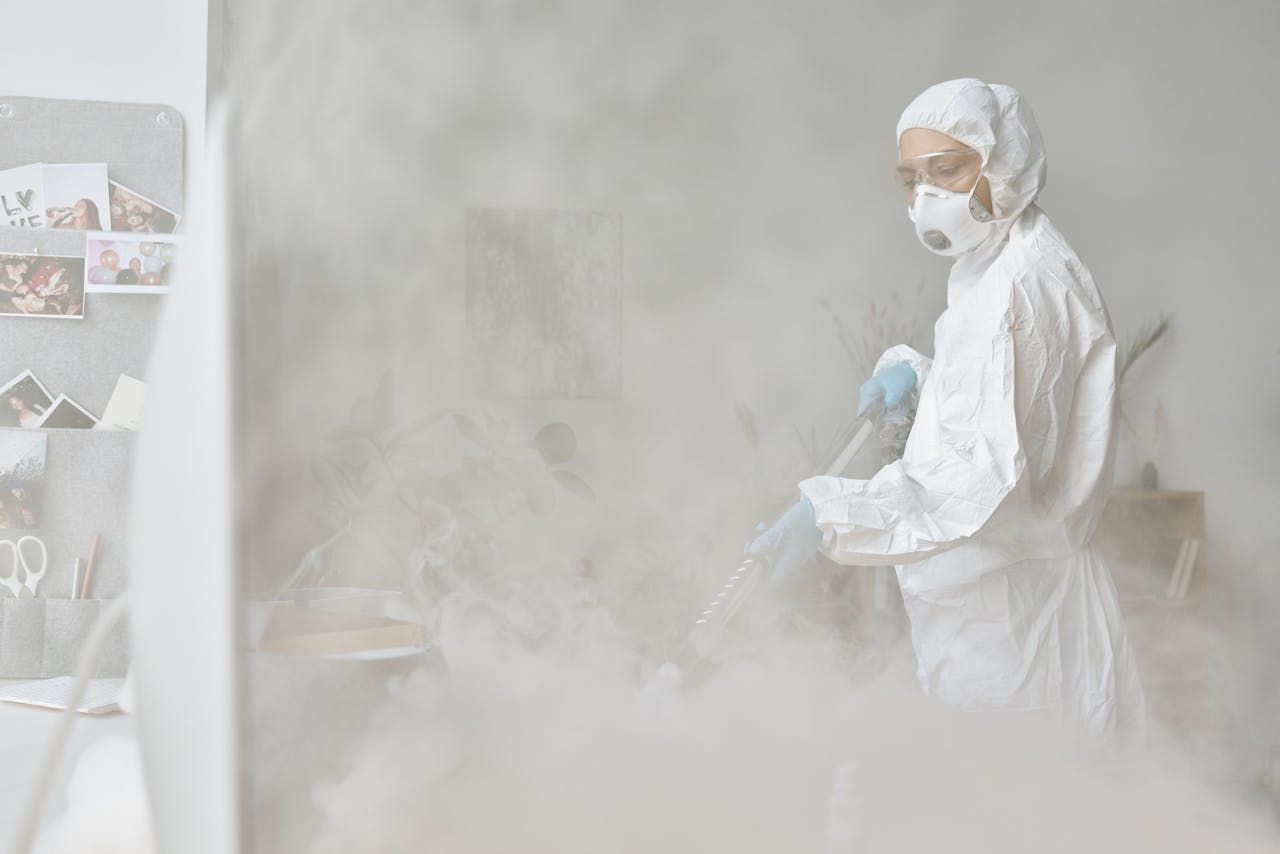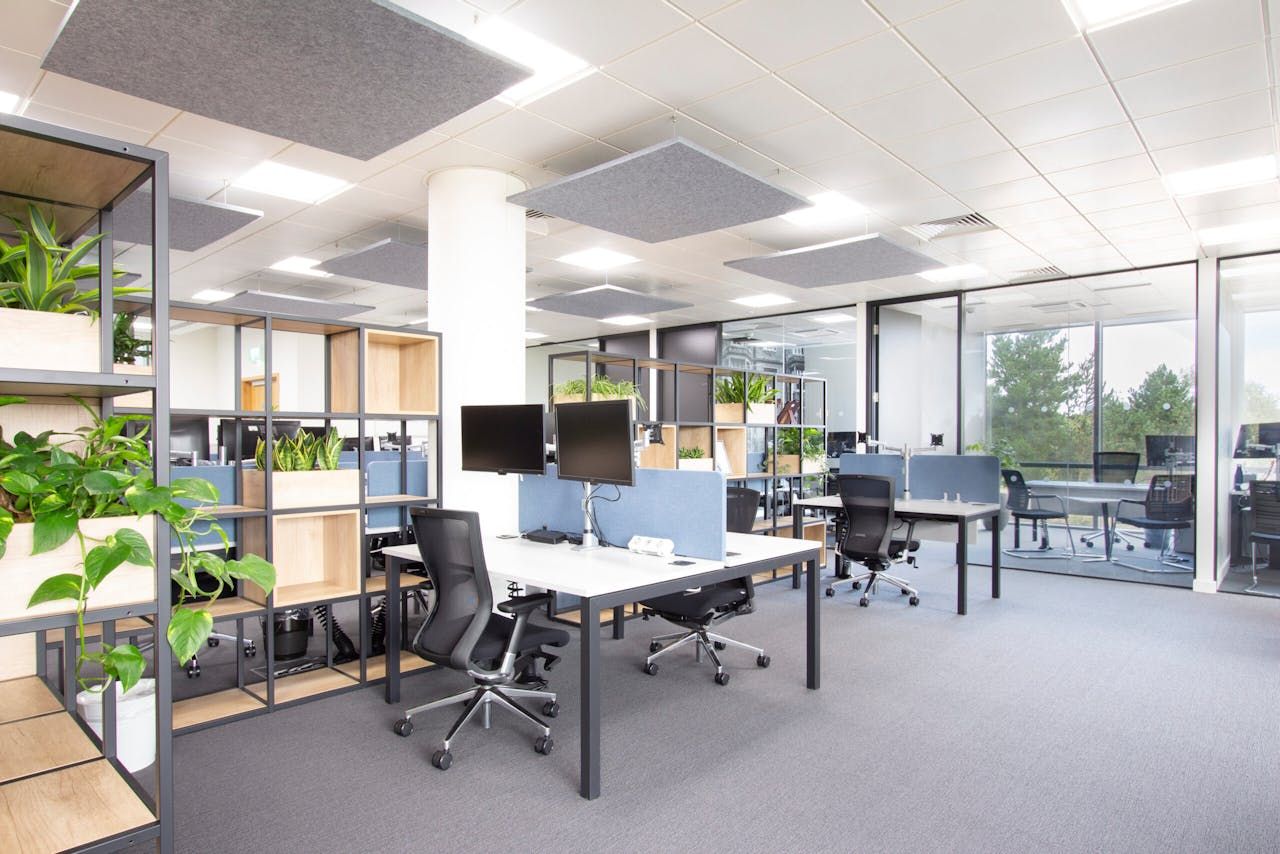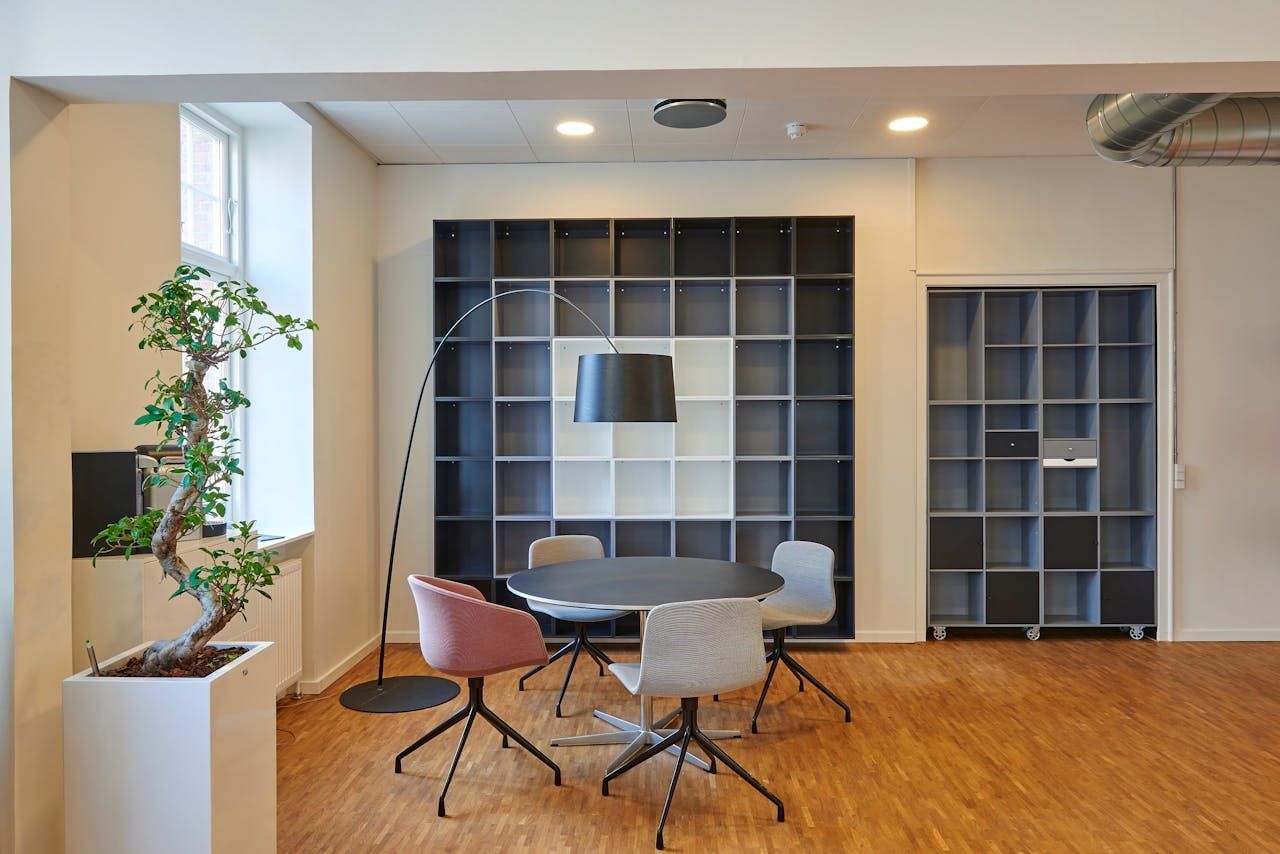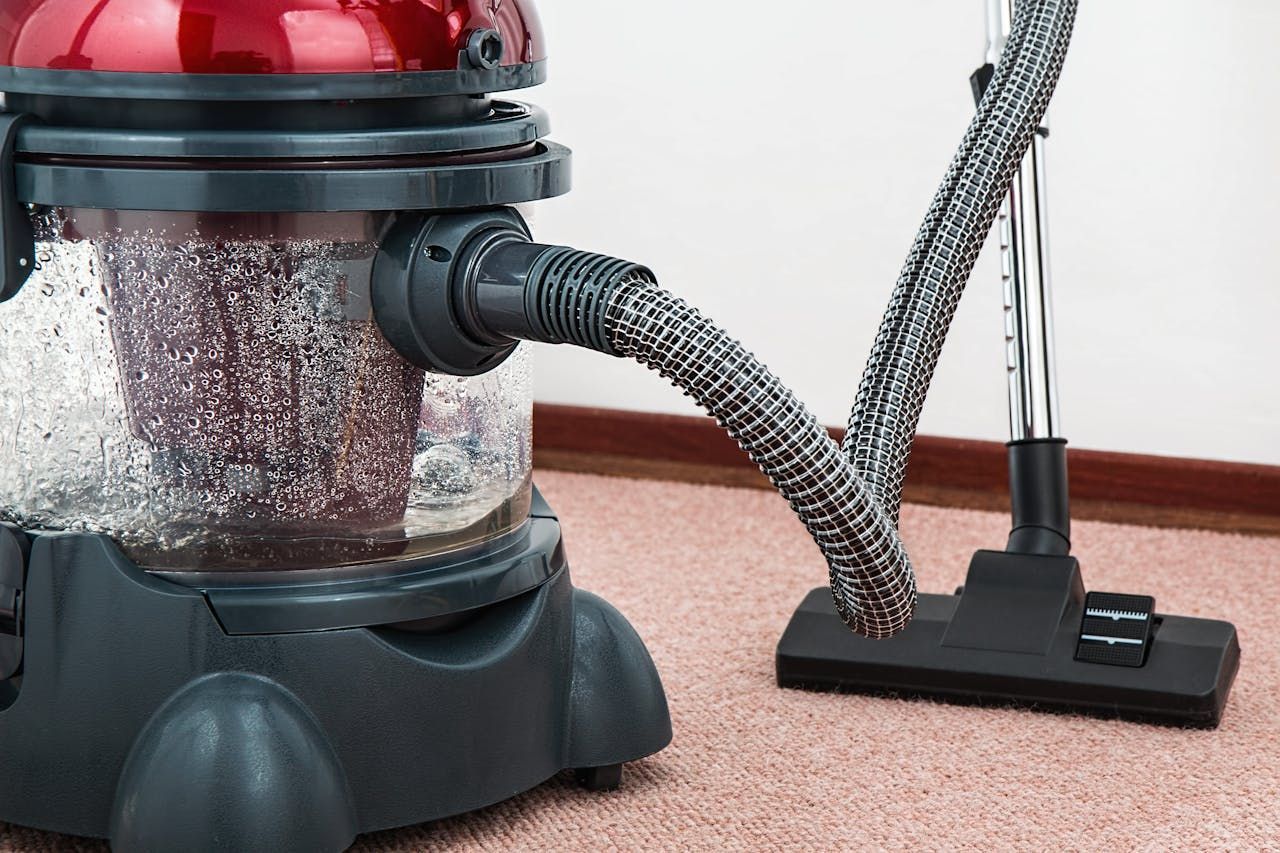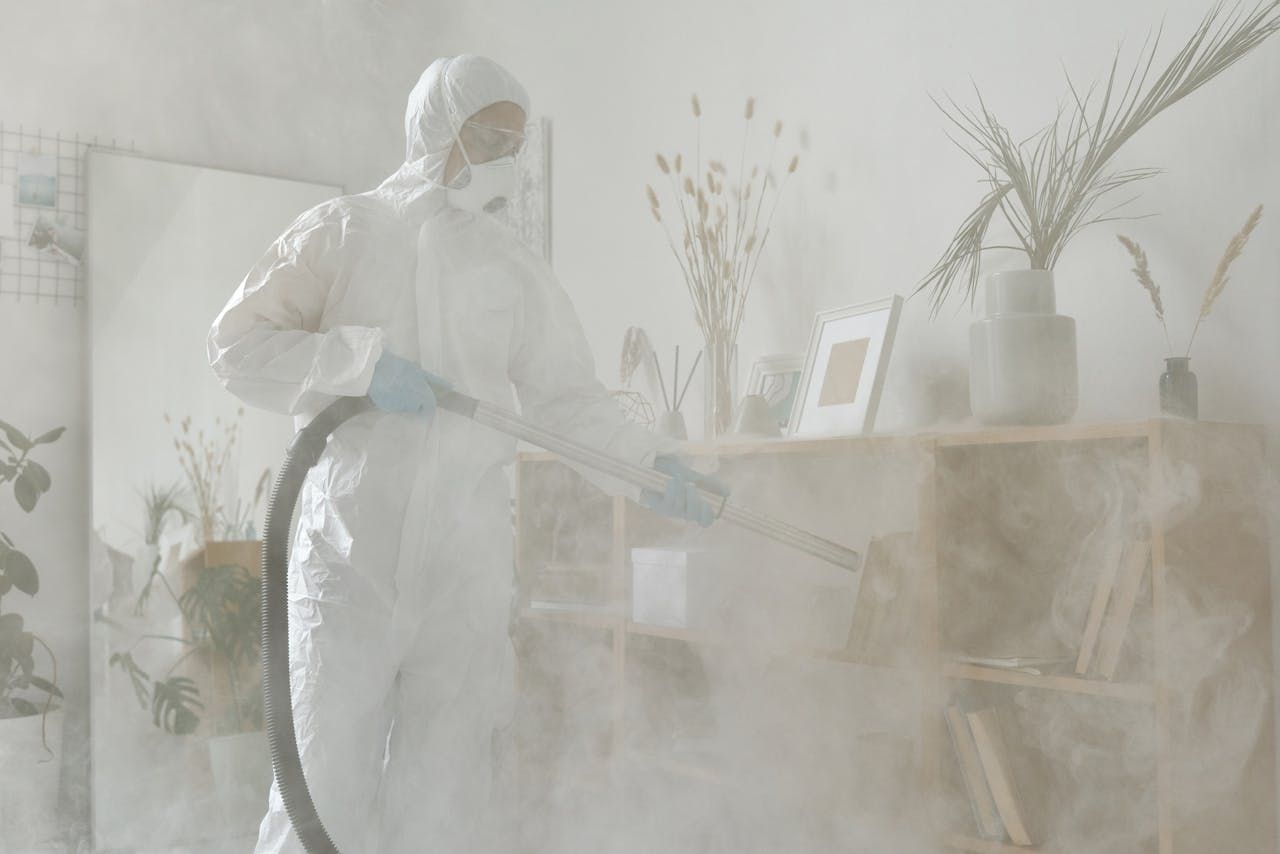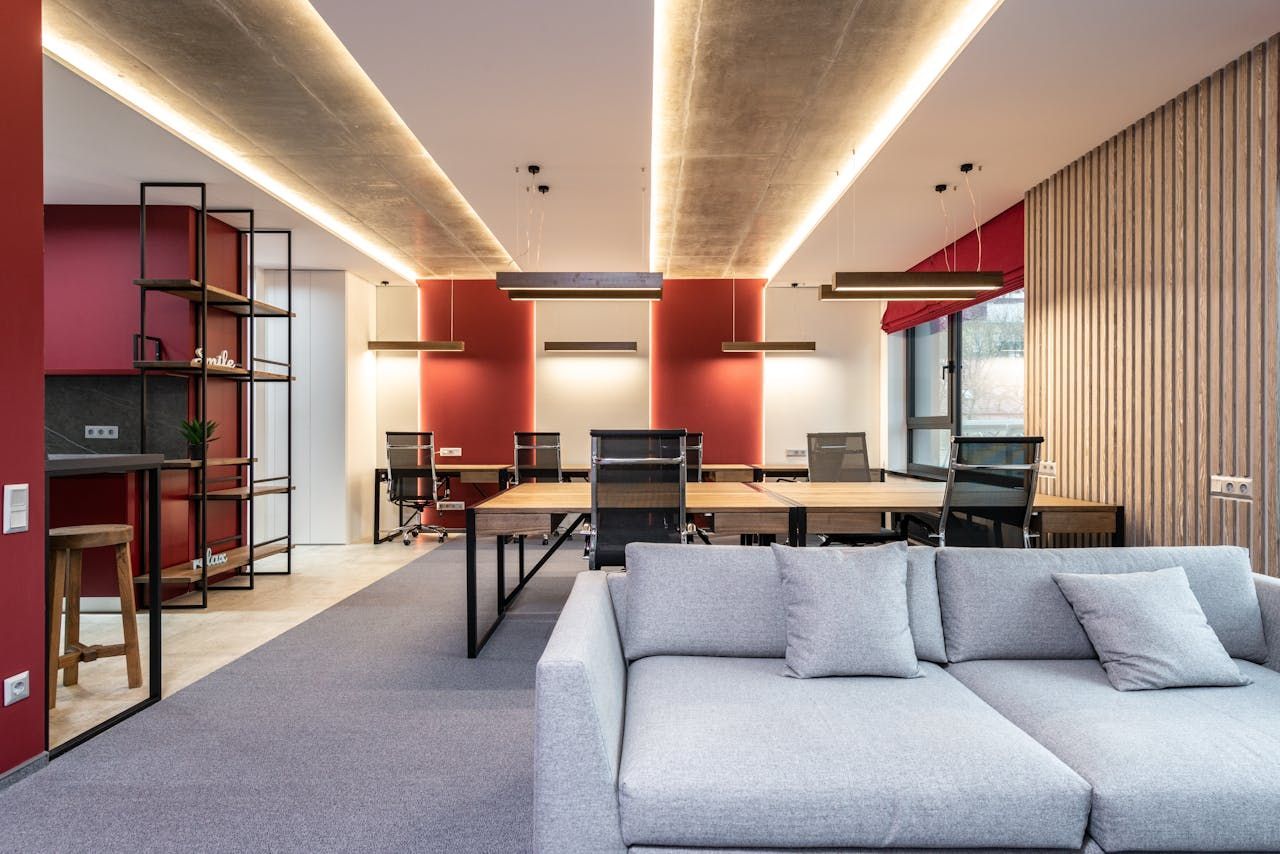5 Surprising Office Hazards Every Manager Should Know About
Did you know the average worker in the UK spends nearly 1,800 hours at work a year?
That’s 108,000 minutes in your office.
With so much time spent there, it’s no surprise that there are hundreds of thousands of workplace-related accidents a year. In fact, according to HSE statistics for 2021/22, over half a million people sustained an injury at work, with accidents and illness costing more than £18 billion!
Whilst some risks in an office are apparent, others are more surprising than you’d think…
The Cables
OK, so maybe this one is a little obvious, but with slipping and tripping being the single most frequent cause of accidents in the workplace, we thought they deserved a mention.
Electrical cables are a necessity in an office environment, essential to provide power to computers, photocopiers, kettles, fans, etc, and for charging electronics. Without them, it would be pretty hard for your office to function, but they can be a real danger to people, possessions and property. Here are a few of the most common risks…
Trailing cables are a major trip hazard.- Coiled cables can easily overheat.
- Overloaded extension leads are a potential fire risk.
How can you minimise the risk of cables?
Use cable covers (conduits) to cover trailing floor cables.- Run cabling around the skirting and secure in place.
- Keep desks free from cable clutter by installing under-desk cable organisers.
- Gather cables into a singular cord using cable wraps.
- The secret is in the name - use cable ties!
Tidying away your office cables is quick, easy and affordable and will help to create a more organised working environment to keep people safe from harm.
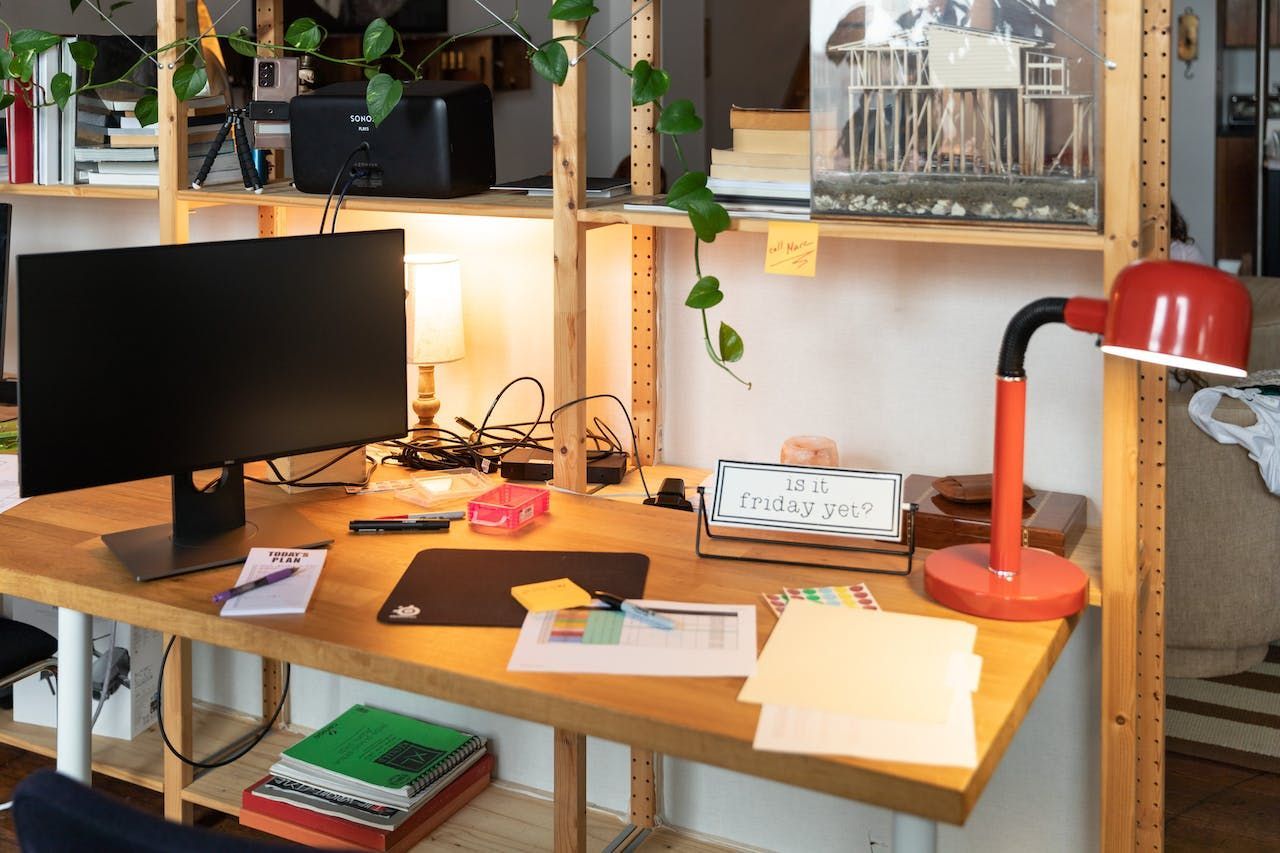
The Carpet
I expect you think I’m going to talk about rips, lumps and fraying edges, but that stuff’s clear as day; we’re going to look at what lies beneath the surface…
Studies have shown carpet to contain approx. 200,000 bacteria per square inch. That’s around 10 times dirtier than an average loo.
Gross right?
Your office carpets have the potential to be home to lots of nasty pests, germs and bacteria, including;
- Dust mites
- E. Coli
- Salmonella
- Norovirus
- Bed bugs
Carpets can be a total biohazard for you and your workforce if you don’t get them cleaned regularly. This leads to increased staff absence because of illnesses such as diarrhoea and sickness.
What can you do to keep your carpets clean?
High-use carpets, such as those in your office, need vacuuming at the end of every working day to keep crumbs, skin cells and animal faeces to a minimum.
The only way to kill pests and harmful bacteria is to call in the professionals to give all your flooring a deep clean regularly. What type of cleaning is best? That depends on the floor type. Some need a hot shampoo, others a steam clean, some need specialist cleaning products… trust the experts they will know what to do.
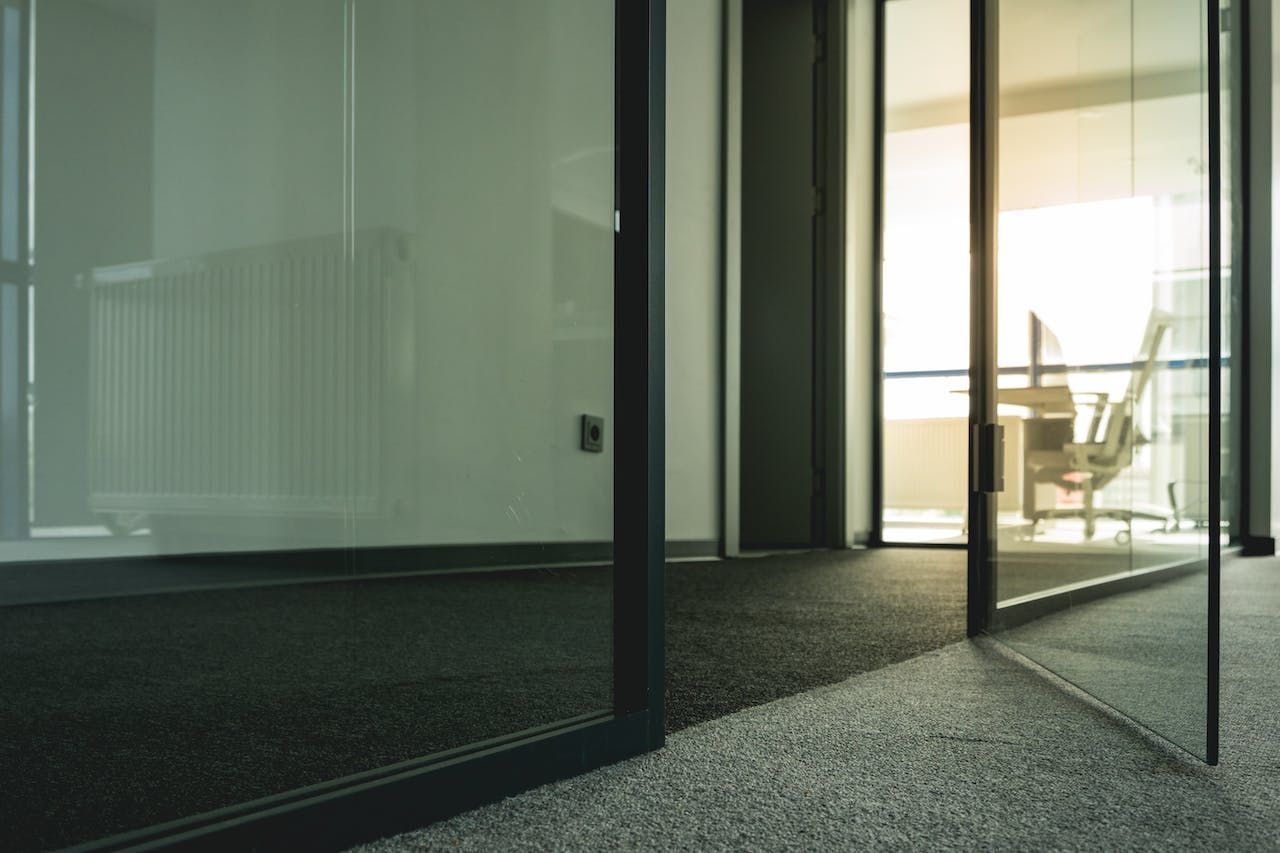
The Light
With many large workspaces opting for maximum lighting at an affordable cost, fluorescent strip lights are commonplace.
If you’re a regular screen user yourself, you’ll know first-hand how much the lighting around you matters. Bright overhead lights can be dazzling and produce screen glare, causing you to squint and crane forward all day long. Not only is all that frowning bad for your wrinkle pattern(!), but it can also induce the following…
Severe headaches- Eye strain
- Neck pain
It makes it almost impossible for people to work comfortably and seriously affects concentration.
Dim lighting can be just as bad.
How do you create the perfect balance of light and productivity?
If you want to improve productivity and performance in your office, it could help to;
Take advantage of natural daylight and keep artificial lighting to a minimum when you can with dimmer switches.- As well as ambient general lighting, provide people with ergonomic desk lights they can adjust the angle and intensity of.
- Consider the colour of your lighting - soft white and blue help to energise and improve concentration, and yellow, warm options relax and are better kept for downtime.
- Provide anti-glare screen covers for desktops, computers, laptops and tablets.
The Desk
Your desk is a danger zone! From the position of your screen and keyboard to the chair you sit in, the ergonomics of it all matter.
Ergonomics is concerned with designing and positioning things so that the people using them can do so efficiently and safely. This helps to improve posture and prevent things such as back pain, frozen shoulder and numb bum.
You can create an ergonomic desk space by…
Ensuring the chair supports the natural ‘S’ curve of the spine, is height and size adjustable and well cushioned.- Making sure the desk height is perfect for the person, enabling arms to be at 90 degrees or slightly more when typing.
- Helping to reduce wrist strain, pain and fatigue by using ergonomic keyboards to keep wrists in a neutral position.
- Setting up screens approx. one arm length away so that the top sits at eye level or 1-2 inches below.
Sure, this might cost you in the short term, but the long-term benefits include cost saving on staff absence, improved productivity and increased employee happiness and retention.
And don’t forget to dust your desk!
If you neglect to dust desks regularly, it will build up in all the nooks and crannies (under the monitor, between the keys or behind the in-tray), which may aggravate allergies and lead to breathing issues.
The Clutter
We’re all guilty of piling things up to deal with at a later date when we don’t have the time to deal with it in the here and now, but clutter in your office can be a real hazard.
It’s a trip hazard - Clutter reduces the room people have to move around in freely, making them take unnecessary risks stepping over it.
It’s a fire hazard -
Not only because it sparks and fuels the fire, but clutter can also block escape routes, putting people’s lives at risk.
It’s a health hazard -
Piles of boxes, files or bags provide the perfect shelter for vermin to hide in and dust to gather on.
To help reduce anxiety and loss of focus associated with clutter, get rid of broken, old or unwanted tech, furniture and accessories, and file, shred or recycle old paperwork (content dependent - some you might need to use an ICO registered specialist for sensitive data).
Once the clutter is gone, how much desk and floor space you have will amaze you.
Now you have more awareness of the hidden hazards lurking in your office, you can enjoy the bright, clear space each day!
If you need your flooring steam-cleaned, hard-to-reach places dusted or help with any other aspect of office cleaning,
contact us today.
